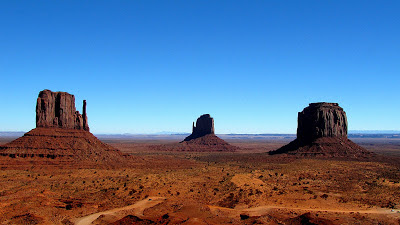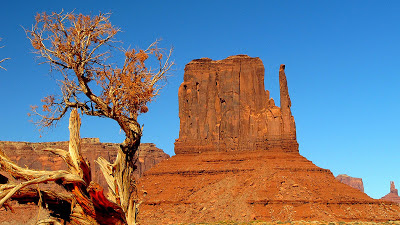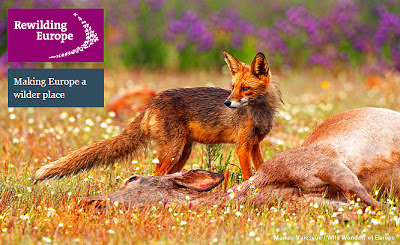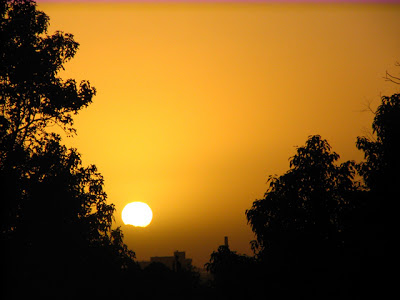I'm a sucker for dance.
Actually, to be honest, I suck at dancing myself, but I love to watch other people glide around the dance floor. I can not get enough of Fred Astaire and Ginger Rogers, and the other great dancing master, Gene Kelly. Watching them spin, glide, and soft shoe shuffle across film sets and dance floors always brings a smile to my face, and lightens my mood.
Always.
So when I saw the I Will Dance Kickstarter project today, I just had to back it. The project is a long way off reaching its final target, but I'm hopeful my modest contribution will help get the documentary across the line.
The company that features in the video is the Random Acts of Theater Co (or RATCo), based in Selma, Alabama. The non-profit organisation behind RATCo is the Freedom Foundation, also based in Selma. When I realised that backing the documentary is not the same as backing RATCo and the Freedom Foundation itself, I also donated directly to the foundation to help support their ongoing work. I tell you this, not because I want to boast, but because I firmly believe that every one of us has the power to make the world a better, more positive place.
Living as I do many thousands of miles away from Selma, Alabama, I may not be able to volunteer my time and expertise directly to the Freedom Foundation and RATCo, but I can make a modest financial contribution towards their ongoing work and projects, and that is what I have chosen to do.
Check out the video below, and if you agree that this project is worth supporting, head over to the project's page and add your donation. You can also donate to the Freedom Foundation via their website, to ensure their work continues to support some of Selma's most disadvantaged youth.
More Information
Freedom Foundation...
I Will Dance on Kickstarter...
Actually, to be honest, I suck at dancing myself, but I love to watch other people glide around the dance floor. I can not get enough of Fred Astaire and Ginger Rogers, and the other great dancing master, Gene Kelly. Watching them spin, glide, and soft shoe shuffle across film sets and dance floors always brings a smile to my face, and lightens my mood.
Always.
So when I saw the I Will Dance Kickstarter project today, I just had to back it. The project is a long way off reaching its final target, but I'm hopeful my modest contribution will help get the documentary across the line.
The company that features in the video is the Random Acts of Theater Co (or RATCo), based in Selma, Alabama. The non-profit organisation behind RATCo is the Freedom Foundation, also based in Selma. When I realised that backing the documentary is not the same as backing RATCo and the Freedom Foundation itself, I also donated directly to the foundation to help support their ongoing work. I tell you this, not because I want to boast, but because I firmly believe that every one of us has the power to make the world a better, more positive place.
Living as I do many thousands of miles away from Selma, Alabama, I may not be able to volunteer my time and expertise directly to the Freedom Foundation and RATCo, but I can make a modest financial contribution towards their ongoing work and projects, and that is what I have chosen to do.
Check out the video below, and if you agree that this project is worth supporting, head over to the project's page and add your donation. You can also donate to the Freedom Foundation via their website, to ensure their work continues to support some of Selma's most disadvantaged youth.
More Information
Freedom Foundation...
I Will Dance on Kickstarter...

















































